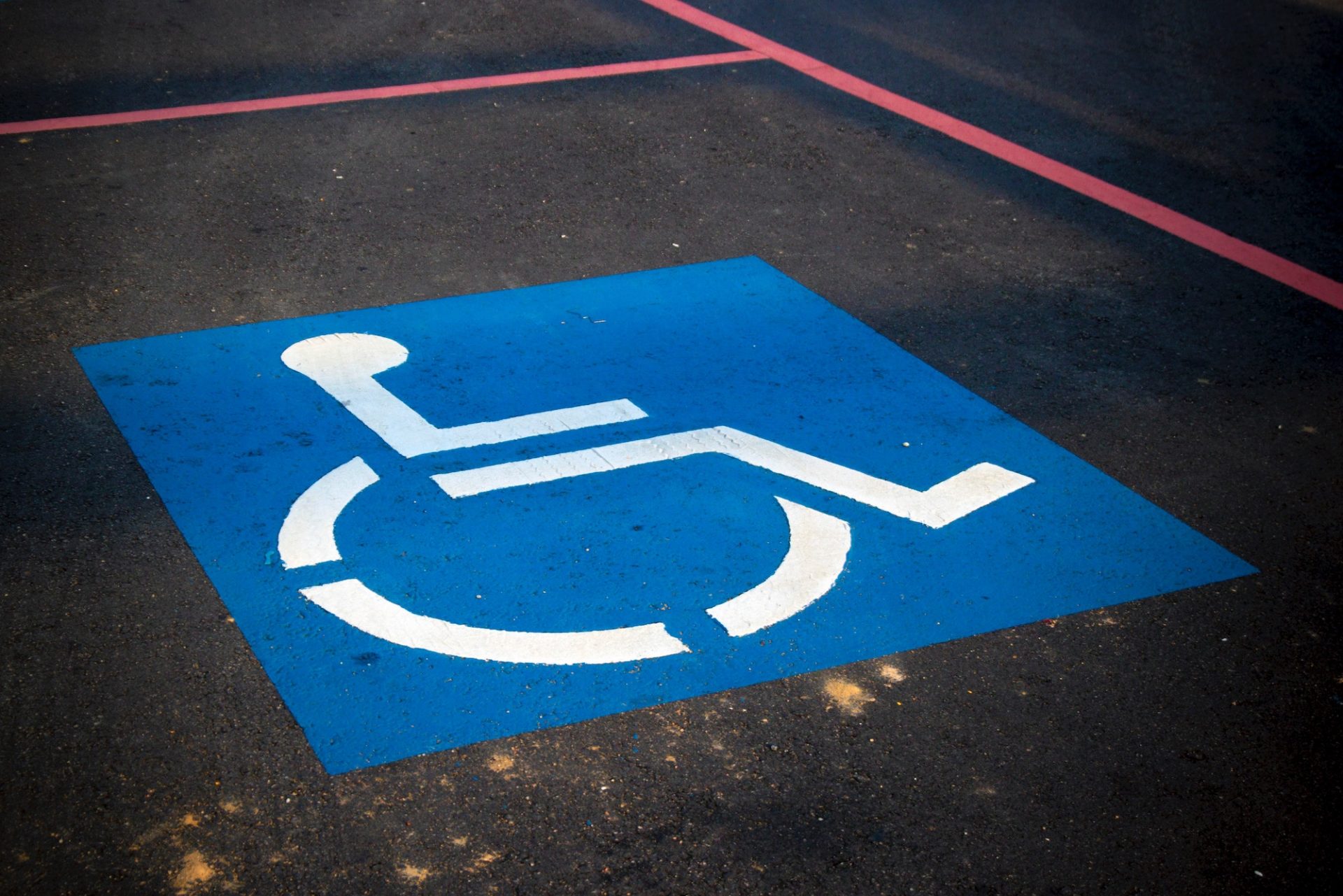A disability is defined as a physical or mental condition that limits a person’s movements, senses, or activity. That’s a very broad definition that encapsulates many diseases or conditions. Some disabilities are noticeable, and some may not be.
With this open-ended interpretation, the public attitude toward disabilities can vary greatly. Many people with disabilities face what the CDC calls “attitudinal barriers” every day.
What is an Attitudinal Barrier?
Healthy people who haven’t spent much time around someone with a disability may not realize all that is involved. For instance, they may not realize that a steep staircase can limit someone’s access to a public place, restricting their daily activity.
An example of an attitudinal barrier is stereotyping. People may look at someone who is physically disabled and assume they are unhealthy in other ways. They may assume that their quality of life is poor because of this.
There may also be discrimination. People’s perceived ideas on disability may dictate their behavior, and how they treat others. They may see the disability as a tragedy, or a punishment. They may see it as something that needs to be cured. Depending on the disability, this may not be how the person perceives it at all.
Visible and Invisible Illness
Some disabilities are visible – wheelchairs for example. Some are not. People who live and function with chronic pain may not have any outward, physical signs of their disability. This may lead to a lack of understanding or awareness from the public that can become troubling.
This leads to a skepticism that’s not always there for someone who shows physical signs of their ailment. They may be accused of things like just being lazy, or simply in a bad mood.
Pay Close Attention to Your Attitude Toward Disabilities
For members of the general public, it’s important to notice your attitude toward disabilities. It’s important to listen to what people tell you and to act accordingly. If your thinking or your behaviors fall into any of these attitudinal barriers, it may be time to adjust accordingly.








